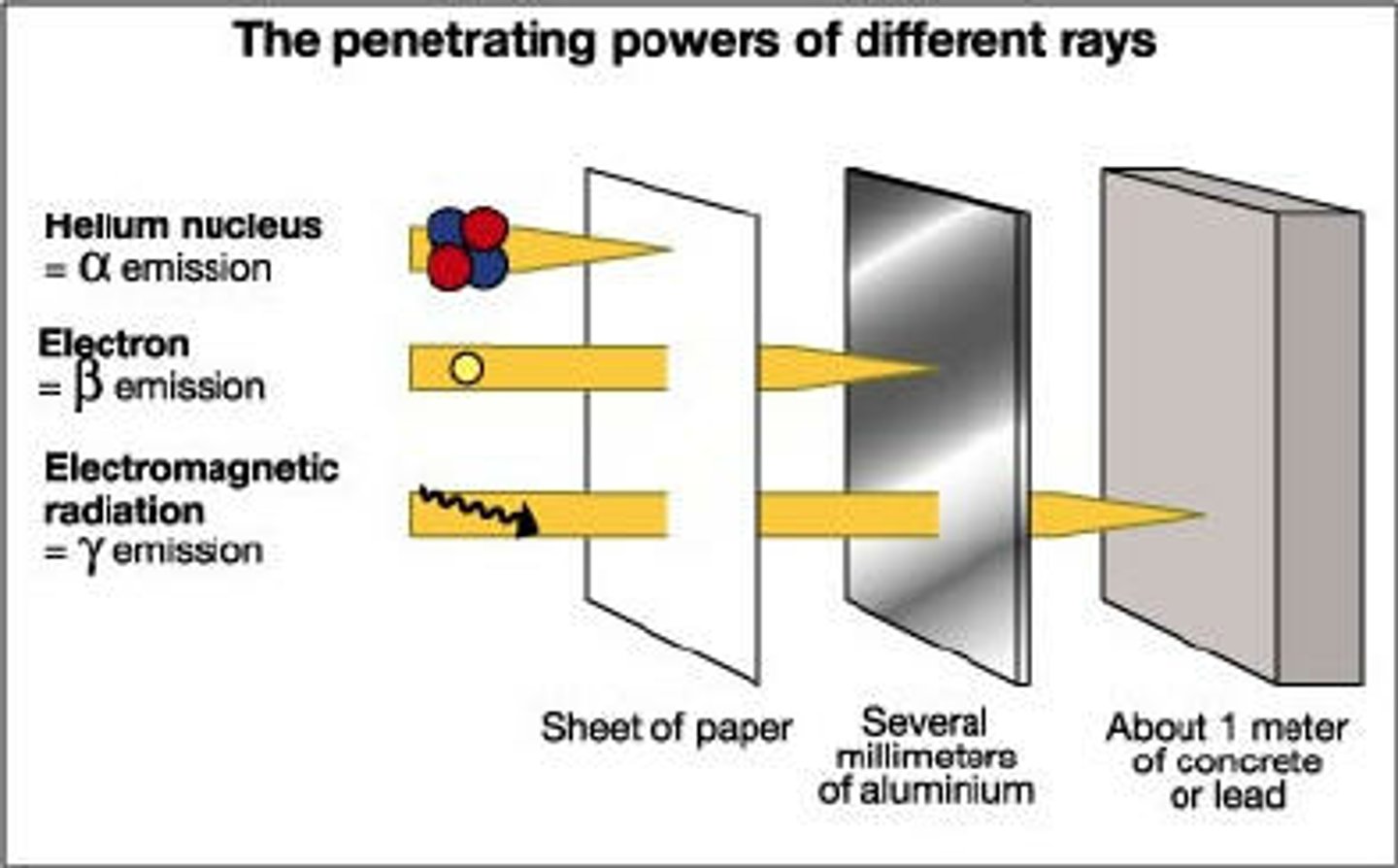Physics Formulas
1/53
Earn XP
Description and Tags
Name | Mastery | Learn | Test | Matching | Spaced |
|---|
No study sessions yet.
54 Terms
moment
Force x perpendicular distance from pivot
Power
Work done / time
Acceleration
final velocity-initial velocity/time
Force
Spring constant x extension
Work done
force x distance moved in direction of force
Momentum
mass x velocity
impulse
Change in momentum.
Force x time = Momentum(v-u)
kinetic energy
1/2 x mass x speed^2
gravitational potential energy
mass x gravitational field strength x height
Distance time graph
Gradient = speed
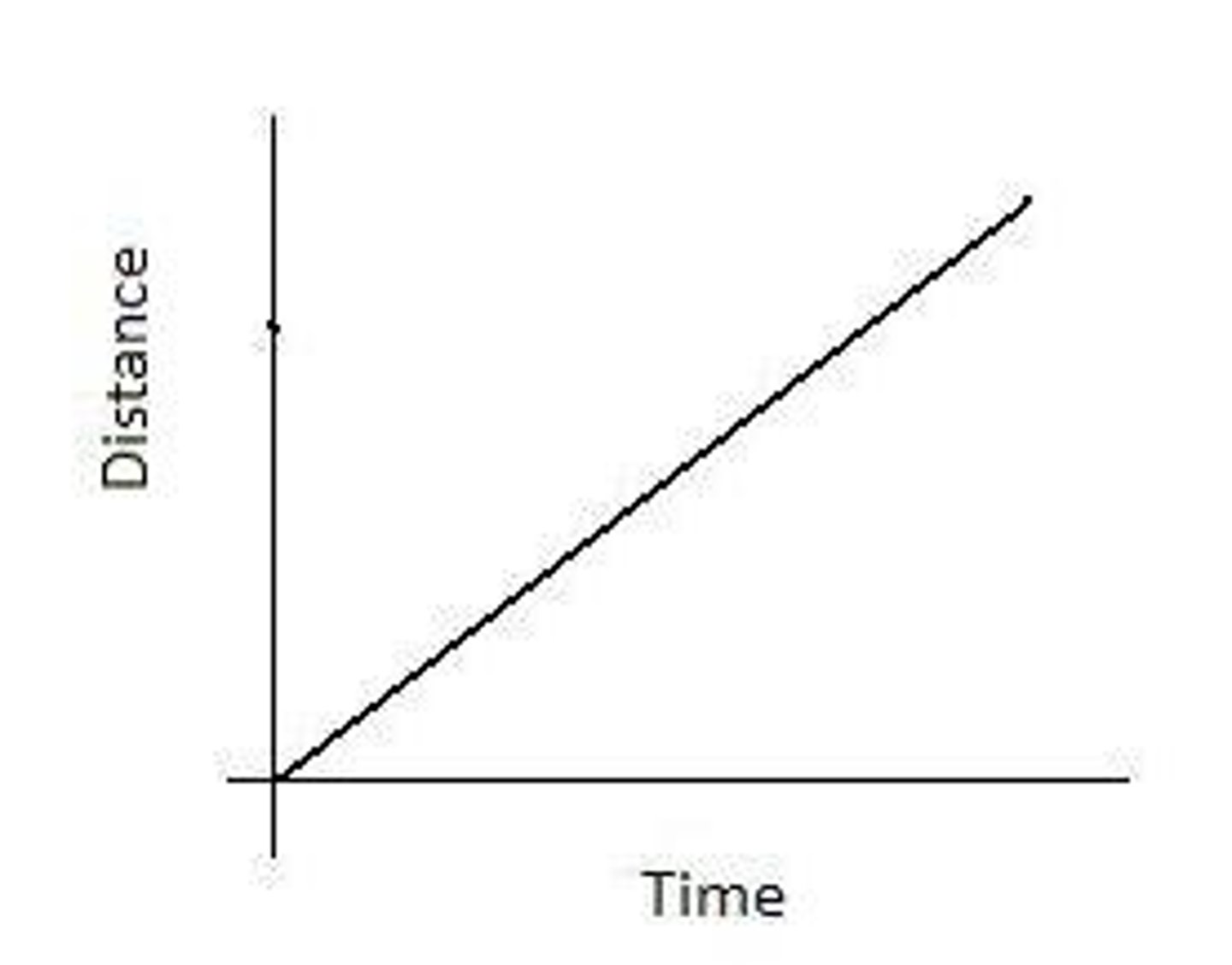
Speed time graph
Gradient = acceleration
Area = distance
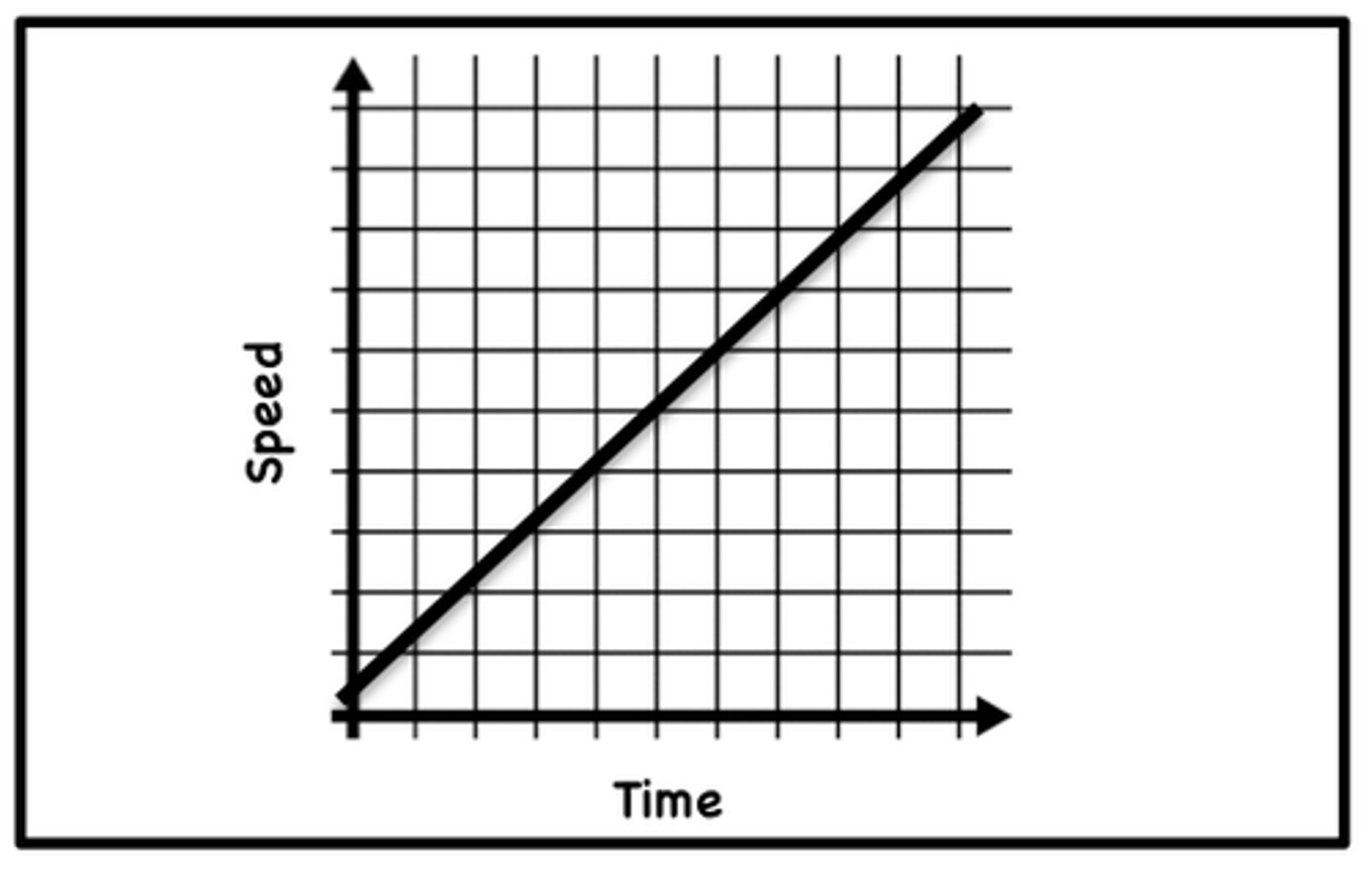
Acceleration time graph
Area = velocity

Efficiency
(Useful power | energy output)/ (total power | energy input) x 100%
Force
mass x acceleration
pressure
(change in momentum/time)/area
Weight
Mass x gravitational field strength
moment
clockwise moment = anticlockwise moment
no resultant force
Boyle's Law
P1V1=P2V2 (temperature is constant)
specific heat capacity
Energy / mass x temperature change
(J/Kg°C)
Specific Latent Heat
energy / Δ mass (J/Kg)
Thermal Capacity
mass x specific heat capacity
Energy/ΔT (J/°C)
Energy
Power x time
Speed of a wave
wavelength x frequency (m/s)
speed of light in a vacuum
3 x 10^8 m/s
n (refractive index using speeds) =
speed of light in a vacuum/speed of light in material
n (refractive index using angles) =
sin i / sin r (rarer to denser)
sin r/ sin i (denser to rarer)
n (refractive index using critical angle)
1 / sin C
constants and variables of diffraction
frequency - constant
wavelength - constant
speed - constant
constants and variables of refraction
frequency - constant
speed - varies
wavelength - varies
(speed is directly proportional to wavelength)
Shallow and Deep Water Waves
Frequency - Unchanged
Speed - Increases (away from normal)
Wavelength - larger
Deep and shallow water waves
Frequency - Unchanged
Speed - Decreases (Towards normal)
Wavelength - smaller
total internal reflection
i > c
When r = 90°
i = C
Properties of electromagnetic waves
Wavelength Decreases
Frequency - Increases
Temperature of bodies emitting the waves - Increases
Amplitude - decreases

electromagnetic spectrum
radio waves,
microwaves,
infrared waves,
visible light,
ultraviolet waves,
x-rays,
gamma rays
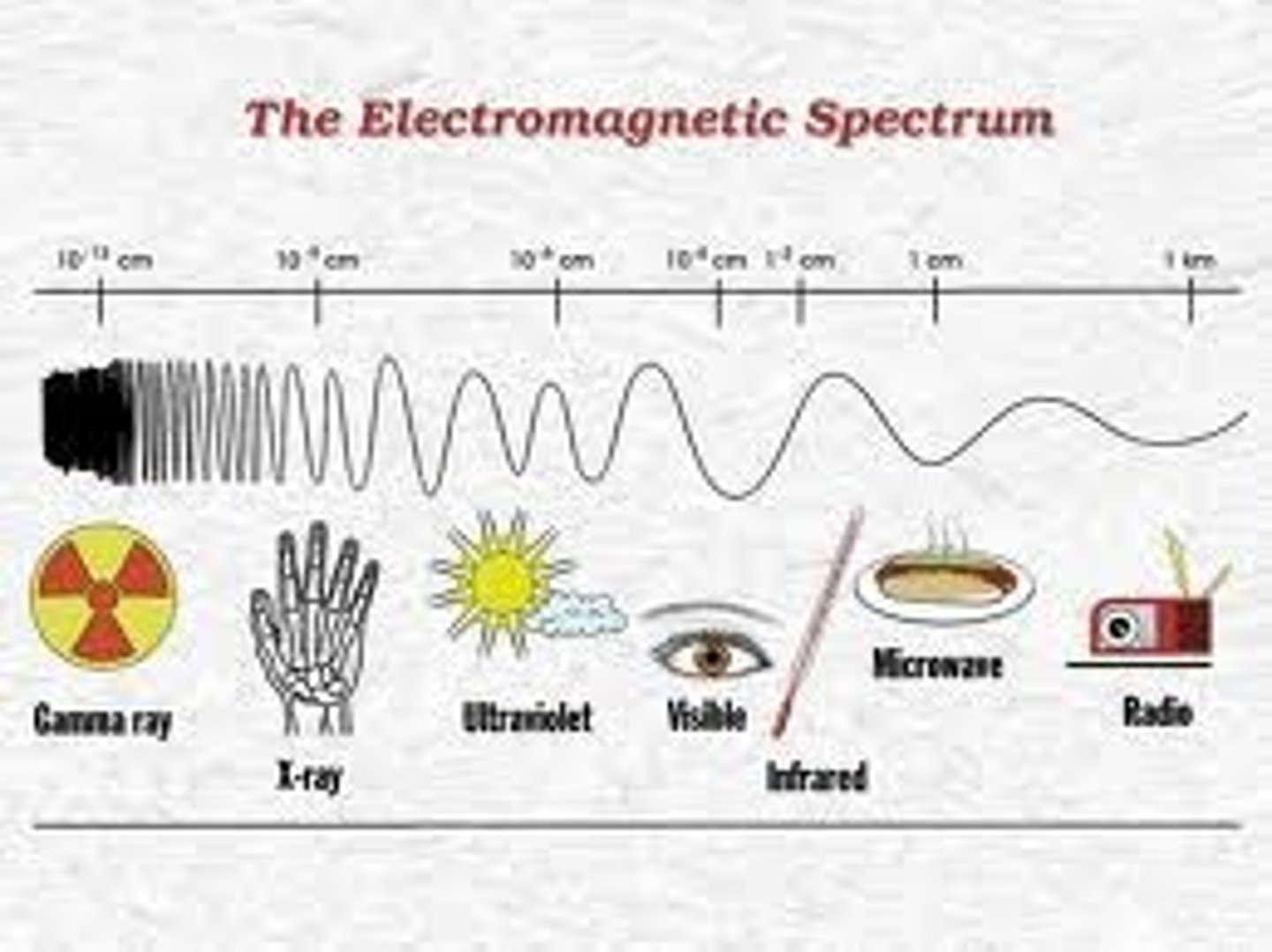
Resistance
Voltage/current
Power
voltage x current
Energy
voltage x current x time
Power loss equation
Current^2 x resistance
Charge(Q)
current(I) x time(t)
Resistance with wire
Directly proportional to Length
inversly proportional to Diameter
Voltage
energy/charge
Transformer
N1 / N2 = V1 / V2 = I2 / I1
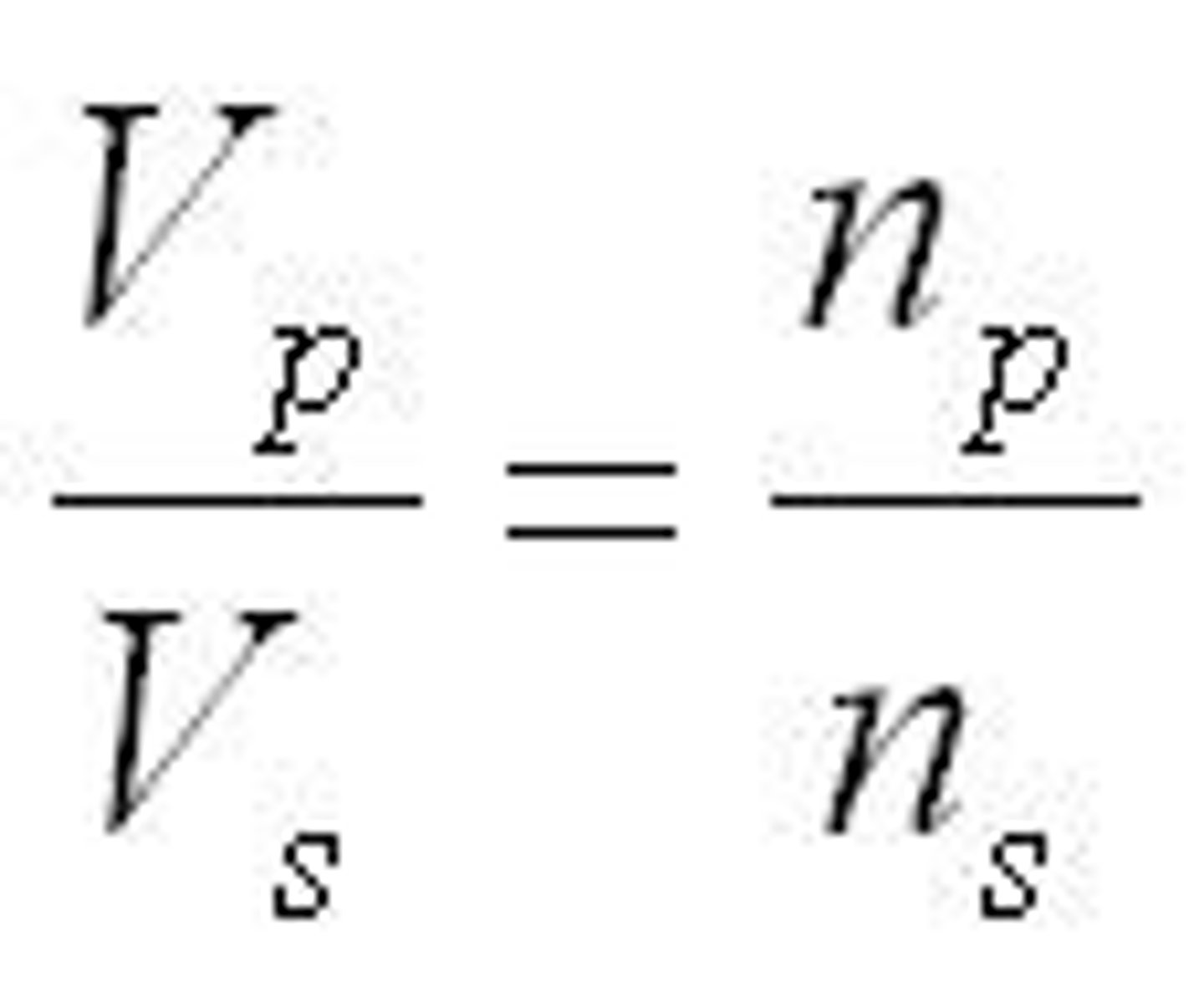
alpha beta and gamma with magnetic fields
alpha attracted to negative
beta attracted to positive
gamma unchanged
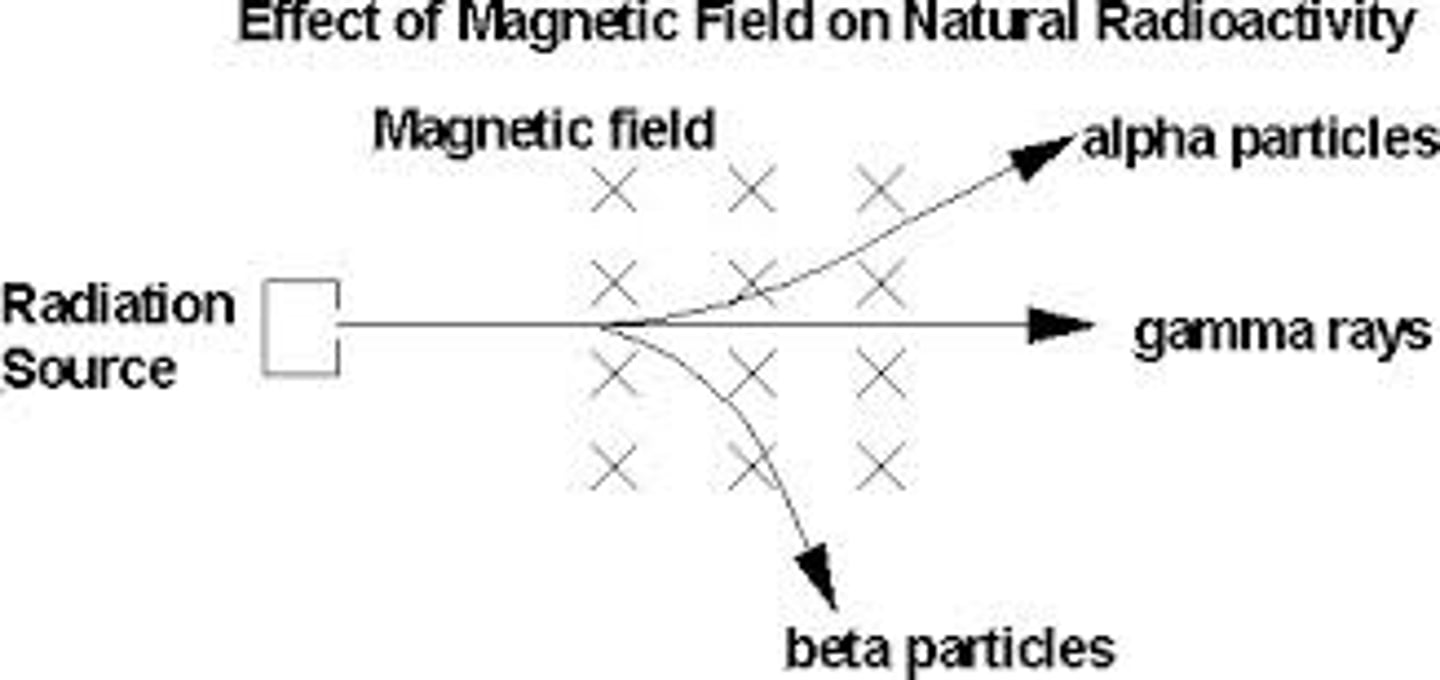
Series circuit
Rt= R1 + R2 +R3...
Vt= V1 + V2 +V3...
I is constant
Parallel circuit
1/Rt= 1/R1 + 1/R2 + 1/R3...
It = I 1 +I 2 + I 3...
V is constant
dc motor
Fleming's left hand rule
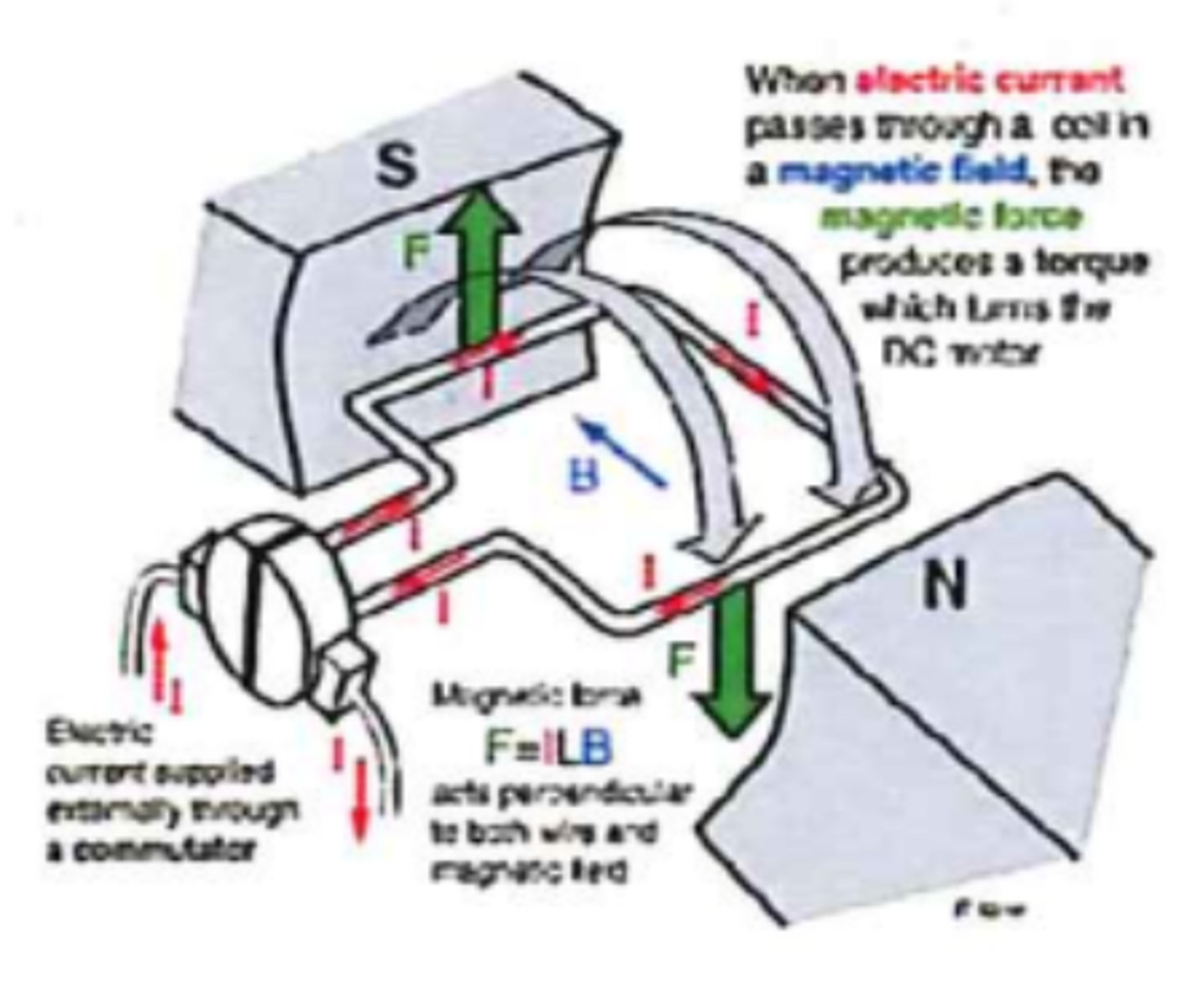
ac generator
Fleming's right hand rule

Current in a wire
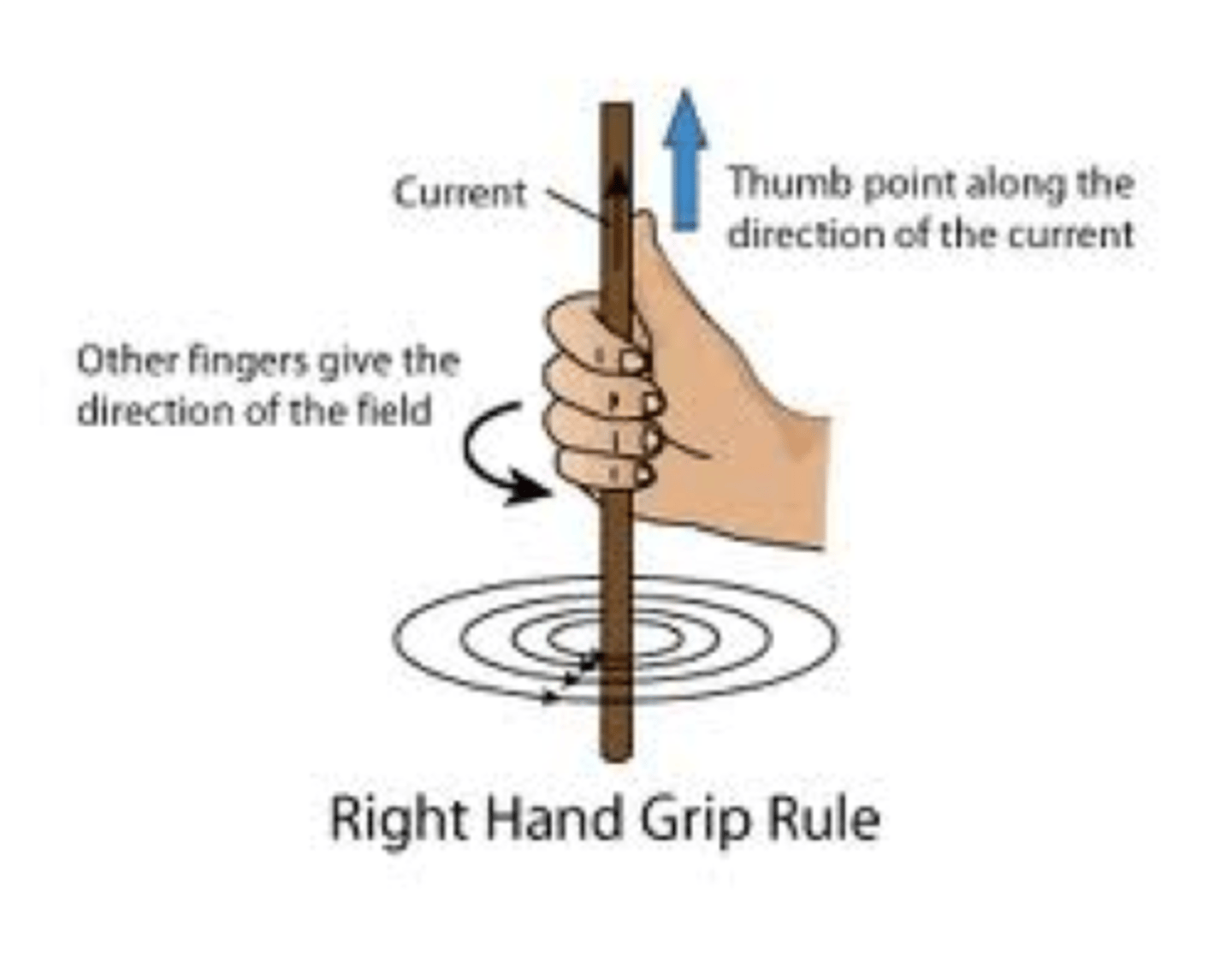
Actual count
Reading in detector - Background radiation
alpha waves

beta particles

Instantaneous number
initial number/2(half life)
What can stop alpha beta and gamma
